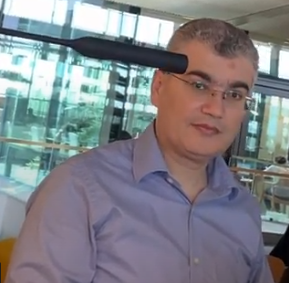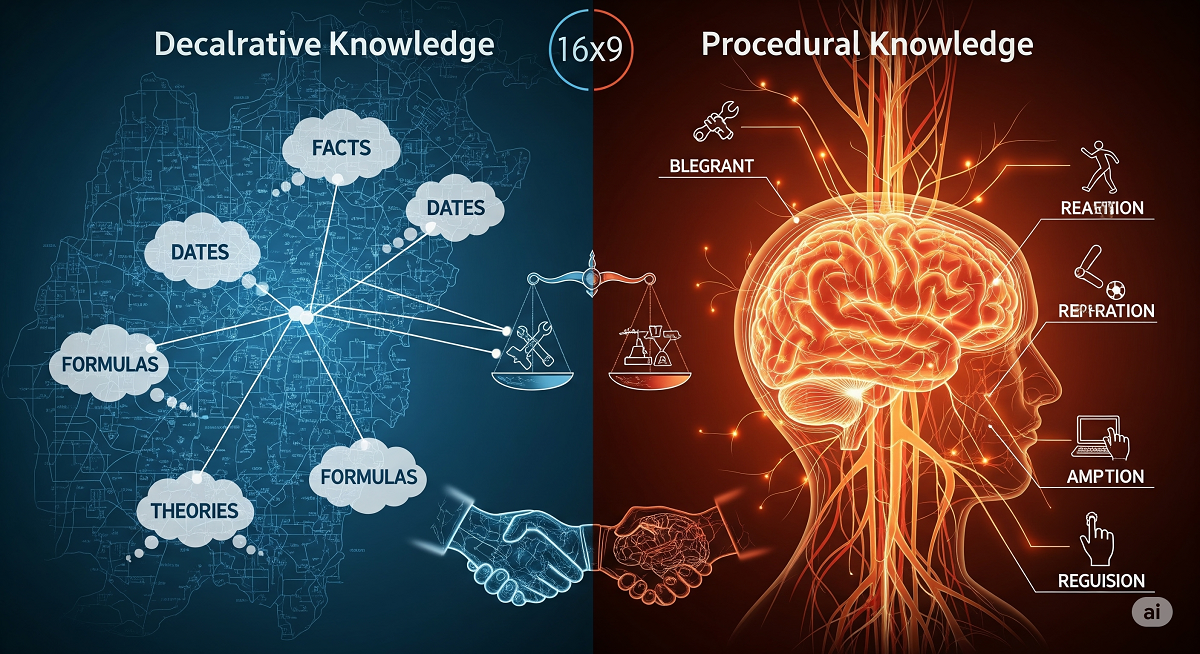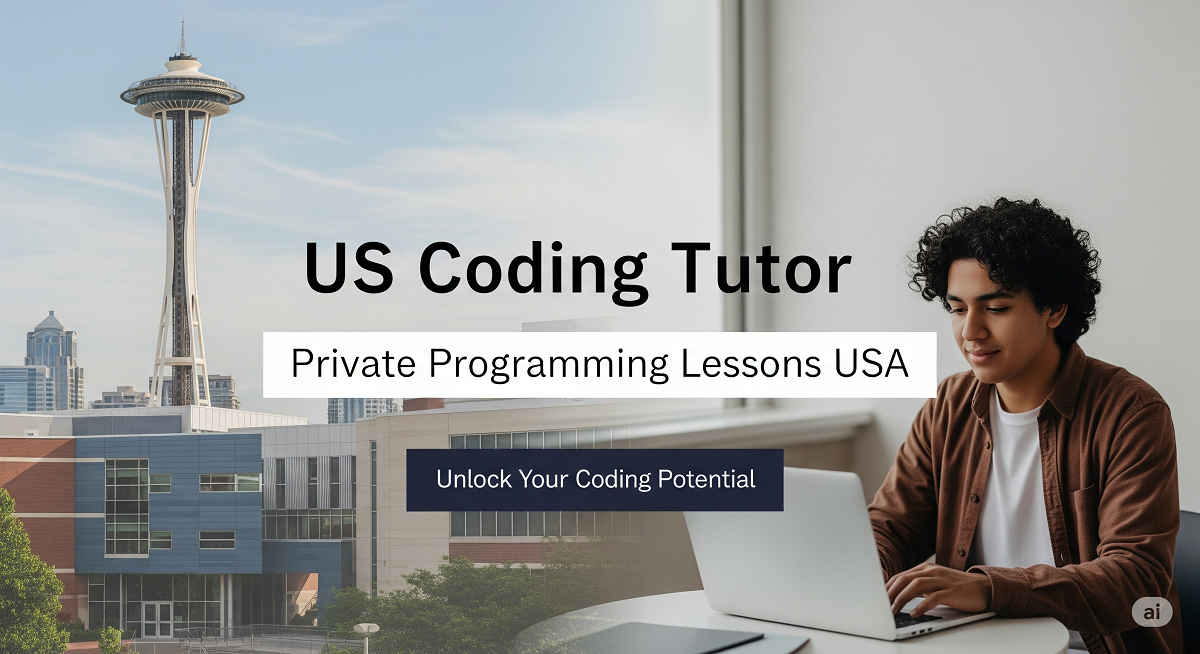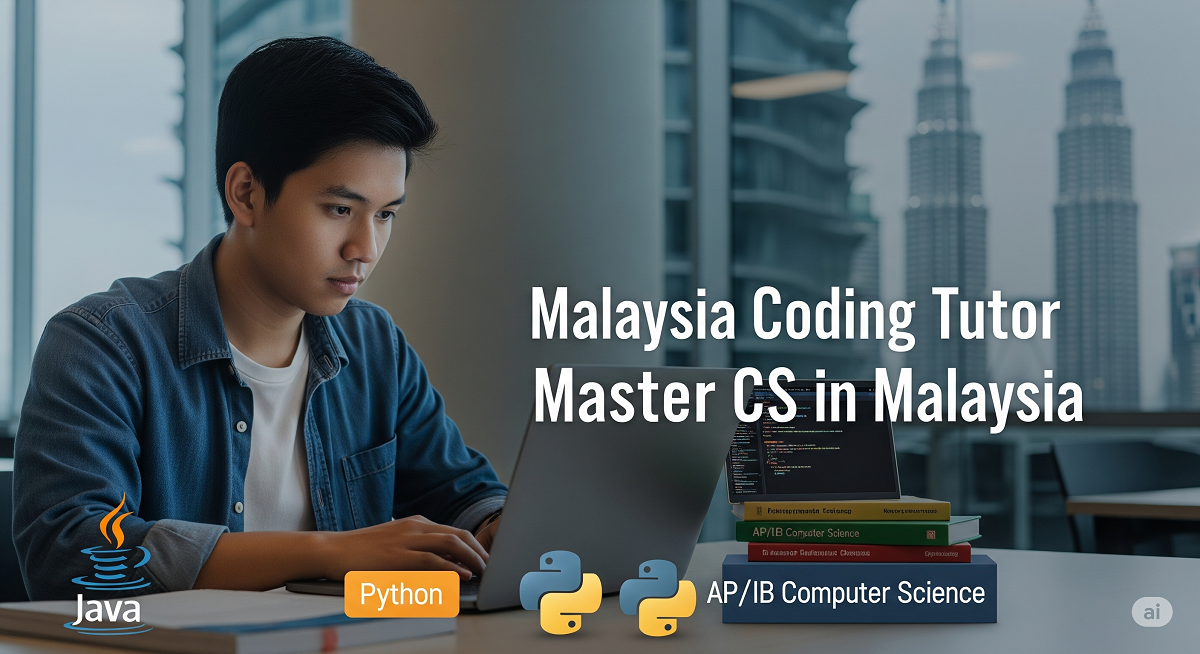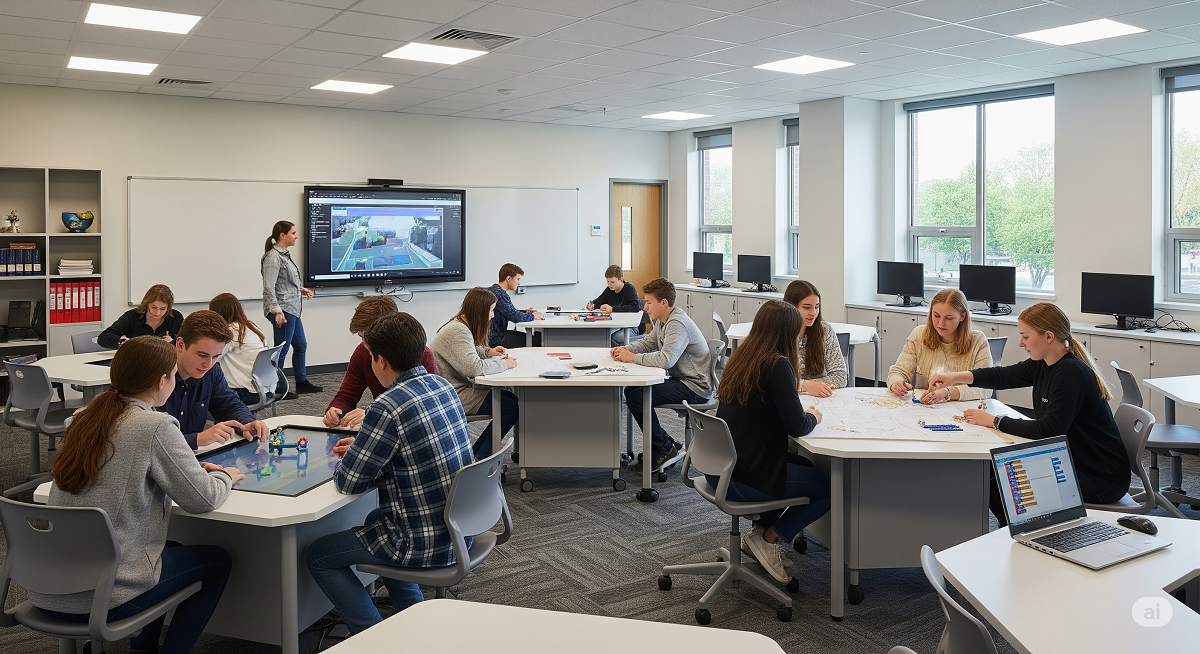Unlocking Learning: How Declarative and Procedural Pathways Shape Real Mastery
Introduction
Learning isn’t one-size-fits-all. Understanding how our brains store information—either consciously or through habit—can dramatically improve teaching and learning outcomes.
1. What Are Declarative and Procedural Learning?
-
Declarative learning = “knowing that”: facts, concepts, rules
-
Procedural learning = “knowing how”: skills, habits, patterns automated through practice Wikipedia+4Wikipedia+4Wikipedia+4
2. Can You Learn Without Awareness? Yes!
Even patients with severe memory loss (unable to remember learning) can acquire new motor skills—meaning procedural learning is independent of declarative recall Wikipedia+1Wikipedia+1.
3. Flexibility vs. Fluency
Declarative learning offers flexibility but can falter with changes. Procedural learning takes longer to develop but enables fluid, unconscious performance when built well.
4. The Power of Practice and Pattern
Procedural skills emerge from diverse practice that helps the brain spot patterns—whether verbs in a new language, math formulae, or subtle stylistic cues Wikipedia.
5. Learning Speed Differences
-
Declarative: fast to pick up (e.g., memorize dates)
-
Procedural: slower to acquire, but results in fast, automatic ability (e.g., coding syntax, driving)
6. Educational Takeaways
Effective instruction should blend:
-
Declarative: teach the “why” and explain clearly
-
Procedural: enable deep practice for fluency
This balanced approach ensures both understanding and mastery.
Conclusion
Real expertise requires more than memorization—it relies on automated thinking cultivated through thoughtful practice. Integrating both learning pathways shapes true understanding and durable skills.
